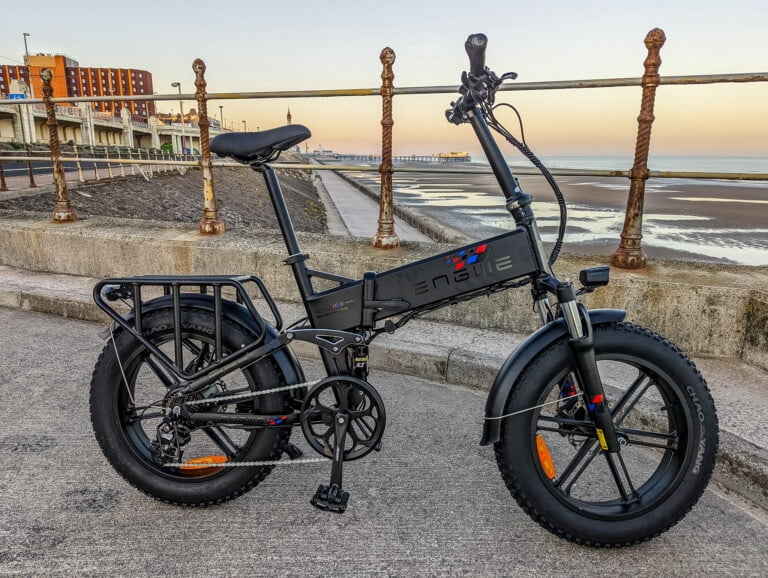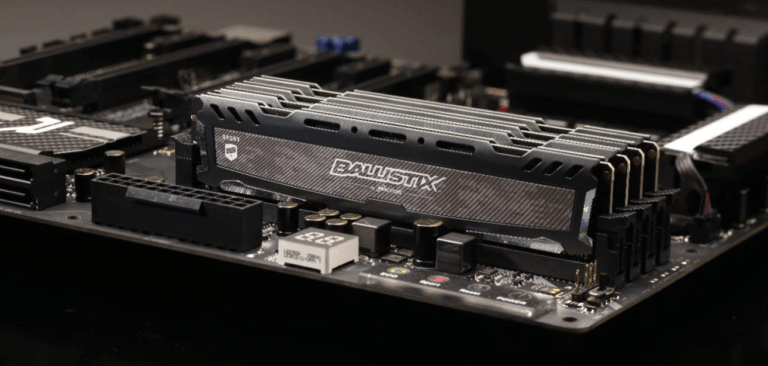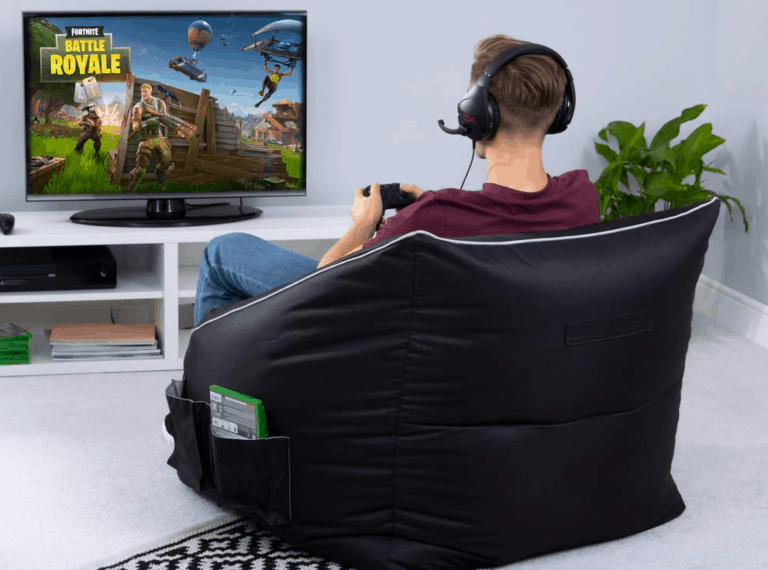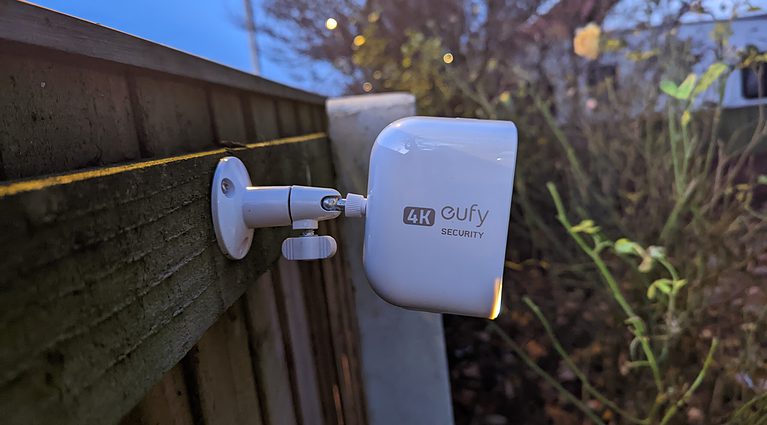Any links to online stores should be assumed to be affiliates. The company or PR agency provides all or most review samples. They have no control over my content, and I provide my honest opinion.
POCO has officially released its new F7 Series, featuring the high-end POCO F7 Ultra and POCO F7 Pro. The launch event took place in Singapore today with key media representatives in attendance. The new flagship models aim to deliver top-tier performance while maintaining the brand’s commitment to accessibility and value.
Dual-Model Strategy Elevates POCO’s Market Position
“With the POCO F7 Series, we’ve made cutting-edge technology more accessible than ever,” said Angus Ng, Head of Product Marketing at POCO Global. “For the first time, we are introducing an Ultra model that takes power and performance to a new level for POCO.”
The introduction of an Ultra model alongside the Pro version demonstrates POCO’s strategic expansion in the premium smartphone segment while maintaining its philosophy of “Everything You Need, Nothing You Don’t” – focusing on features that users genuinely need without unnecessary additions that inflate costs.
Performance Architecture: Snapdragon Elite Leads the Way
POCO F7 Ultra: Next-Generation Processing Power
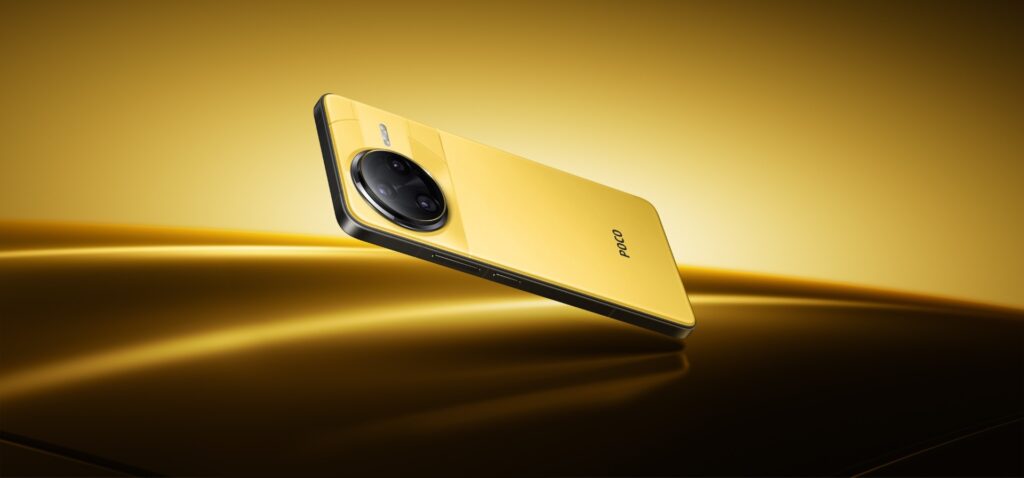
At the core of the POCO F7 Ultra lies the Snapdragon 8 Elite Mobile Platform, built on TSMC’s advanced 3nm process technology. According to POCO’s internal testing, this chipset delivers:
- 45% better CPU performance
- 44% better GPU performance
- 105% improved AI processing capabilities
- Significantly reduced power consumption (52% less for CPU, 46% less for GPU)
The F7 Ultra achieves an AnTuTu score of 2,843,461, confirming its position among the highest-performing smartphones in the market. This raw power translates to exceptional responsiveness across intensive gaming, multitasking, and resource-heavy applications.
POCO F7 Pro: Balanced Performance
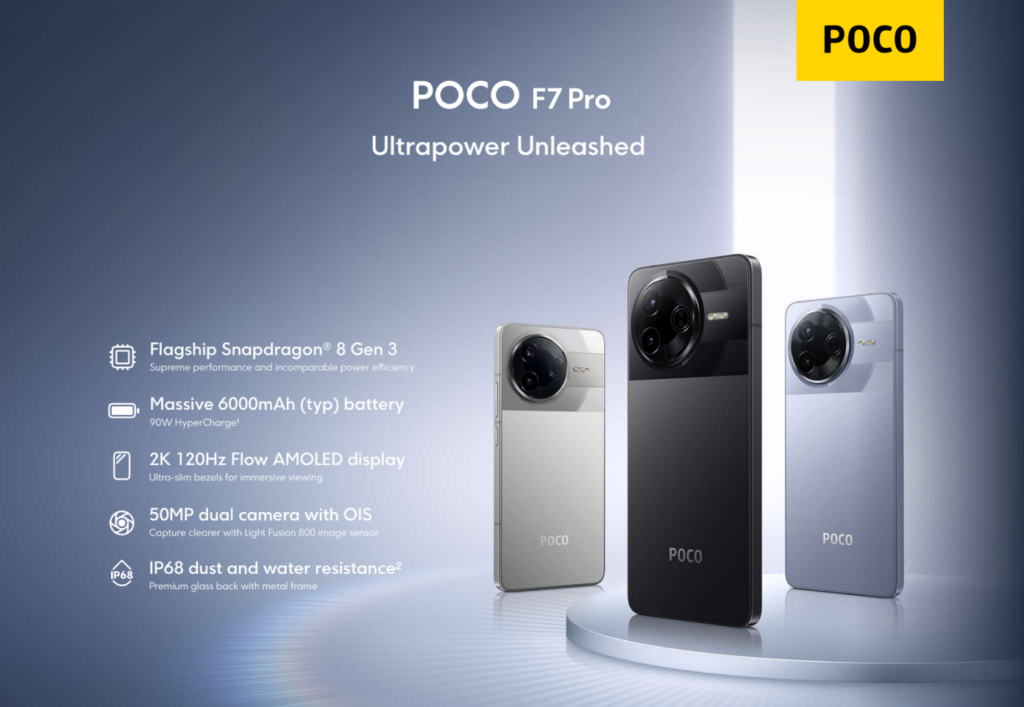
The F7 Pro comes equipped with the Snapdragon 8 Gen 3 chipset, which while not quite matching the Elite’s capabilities, still offers excellent performance for most users. Both devices run on Xiaomi HyperOS 2, featuring optimisations through its three core technologies: HyperCore for system fluidity, HyperConnect for cross-platform connectivity, and HyperAI for enhanced efficiency with Google Gemini integration.
Graphics Innovation: VisionBoost D7 Chipset

A standout feature of the F7 Ultra is the introduction of POCO’s first dedicated graphics chip – the VisionBoost D7 chipset. Built on a 12nm process, this specialised hardware enhances visual experiences in several ways:
- Smart Frame Rate: Delivers ultra-smooth 120FPS gaming experiences
- 2K Super Resolution: Improves image clarity beyond native settings
- Game HDR: Provides richer contrast and visual depth
- Dual-core Visuals: Enhanced resolution, frame rates, and HDR quality for YouTube and Netflix content
The WildBoost Optimization 4.0 technology coordinates the Snapdragon chipset and VisionBoost hardware to maintain consistent performance during extended gaming sessions. Testing showed that even during an hour of playing demanding titles like Genshin Impact at 2K Super Resolution and 120FPS, the device sustains higher frame rates and better image quality than competitors while keeping operating temperatures lower.
Thermal Management: LiquidCool Technology 4.0
Both POCO F7 models feature LiquidCool Technology 4.0, incorporating a 3D dual-channel IceLoop system with a 5400mm² heat pipe. This advanced cooling solution reduces system-on-chip temperatures by up to 3°C, allowing for extended high-performance usage without thermal throttling – addressing a common pain point for power users who experience performance drops during extended gaming or processing-intensive tasks.
Battery Life and Charging: Different Approaches
The two models take different approaches to power management:
POCO F7 Ultra
- 5,300mAh (typ) battery
- 120W HyperCharge (100% in 34 minutes)
- 50W wireless HyperCharge support
POCO F7 Pro
- Larger 6,000mAh (typ) battery
- 90W HyperCharge
- No wireless charging
Both devices feature the POCO Surge P3 charging chipset and POCO Surge G1 battery chipset, which work together to optimise charging efficiency and extend battery longevity. POCO claims the battery retains over 80% of its original capacity even after 1,600 charging cycles – substantially longer than industry standards. The charging system also provides stable performance in challenging conditions like extreme cold weather.
Camera Systems: Versatility vs Simplicity
POCO F7 Ultra: Advanced Triple-Camera Array
The F7 Ultra introduces POCO’s most sophisticated imaging system to date, featuring:
- 50MP main camera: Powered by the Light Fusion 800 sensor with four focal lengths (24mm, 35mm, 48mm, 50mm)
- 50MP floating telephoto lens: Featuring 2.5X optical zoom (60mm equivalent), 5X in-sensor zoom (120mm equivalent), and 10cm macro capability
- 32MP ultra-wide camera: 120-degree field of view for expansive landscapes
This system covers eight classic focal lengths, providing exceptional creative flexibility. The F7 Ultra also introduces POCO AISP, the brand’s first AI LM computational photography platform that integrates the computational power of the CPU, GPU, NPU, and ISP through Xiaomi HyperOS. Features like 20X UltraZoom Beta and UltraSnap (supporting up to 150 frames with consistent image clarity) enhance the photography experience.
POCO F7 Pro: Balanced Dual-Camera System
The F7 Pro provides a simpler but still capable camera array:
- 50MP main camera: Also using the Light Fusion 800 sensor
- 8MP ultra-wide camera: For landscapes and group shots
While less versatile than the Ultra model, the F7 Pro still benefits from the POCO AISP platform and features like UltraSnap and dual focal length portraits.
Both devices include additional creative tools like Dynamic Shots, which bring still images to life, and various AI features for photo and video enhancement.
Display Technology: Premium Viewing Experience
The F7 Ultra and F7 Pro both feature high-end displays with health-conscious features:
- Ultra-bright 2K AMOLED displays (3,200 nits peak brightness, 1,800 nits HBM)
- Circular Polarization Technology to mimic natural light
- 3,840Hz high-frequency PWM dimming
- 16,000-level auto brightness adjustment
- TÜV Rheinland certifications for Low Blue Light, Flicker Free, and Circadian Friendly operation
Touch responsiveness has been enhanced with AI-powered improvements that ensure smooth interaction even with wet fingers, oil, or gloves. Both devices feature ultrasonic fingerprint sensors for fast, secure access.
Design and Durability: Premium Materials Meet Practical Protection
The F7 Series showcases a premium design philosophy with practical durability features:
- Advanced gloss-matte craftsmanship on glass back covers (glossy upper half, matte lower half)
- Seamless top design flowing into matte metal frames
- Circular segmentation design with aerospace-grade aluminium decorative ring around the camera
- IP68 rating for dust and water resistance
The F7 Ultra features quad-curved glass for enhanced ergonomics and POCO Shield Glass for screen protection, while the F7 Pro uses Corning Gorilla Glass 7i.
Connectivity and Audio: Enhanced Signal Performance
Both models incorporate the Surge T1S tuner, a dedicated signal enhancement chipset that:
- Boosts cellular performance by up to 37% in mid-high frequencies
- Enhances Wi-Fi and Bluetooth performance by up to 16%
For audio, the devices feature Stereo Dual Speakers and AI Super Cinema technology, which enhances both audio and visuals for entertainment content.
Operating System: Xiaomi HyperOS 2
Both devices run on Xiaomi HyperOS 2, featuring:
- HyperCore for system optimisation
- HyperConnect for seamless cross-platform connectivity
- HyperAI integration with Google Gemini for smart assistance
These features are designed to provide an intelligent, responsive user experience across various usage scenarios.
Competitive Positioning: F7 Ultra vs F7 Pro
The POCO F7 Series presents a clear two-tier strategy:
POCO F7 Ultra
- Aimed at power users, gamers, and photography enthusiasts
- Cutting-edge performance with Snapdragon 8 Elite
- Dedicated VisionBoost D7 graphics chip
- More advanced camera system with telephoto lens
- Faster charging with wireless option
- Higher price point (starting at £649)
POCO F7 Pro
- Targeted at value-conscious users seeking flagship performance
- Strong performance with Snapdragon 8 Gen 3
- Larger battery capacity
- Simpler camera system
- More affordable price point (starting at £499)
Colour and Storage Options
POCO F7 Ultra
- Colours: Yellow and Black
- Storage variants:
- 12GB+256GB (£649)
- 16GB+512GB (£699)
POCO F7 Pro
- Colours: Black, Silver, and Blue
- Storage variants:
- 12GB+256GB (£499)
- 12GB+512GB (£549)
Market Availability and Launch Offers
The POCO F7 Series will be available from March 27th to April 10th, 2025, with special launch offers on mi.com and Amazon UK:
Mi.com offers:
- POCO F7 Ultra (12GB+256GB): Free Xiaomi Gaming Monitor G27i and 120W charger (worth £168.99)
- POCO F7 Ultra (16GB+512GB): Free POCO Pad (worth £249)
- POCO F7 Pro: Free 120W charger (worth £59.99)
- Additional discounts: 5% off for new users, 10% off for students
Amazon UK offers:
- POCO F7 Ultra: £90 discount (starting from £559)
- POCO F7 Pro: £100 discount (starting from £399)
POCO F7 Ultra vs F7 Pro: Specification Comparison
Below is a detailed comparison of the key specifications between the POCO F7 Ultra and POCO F7 Pro:
| Specification | POCO F7 Ultra | POCO F7 Pro |
| Processor | Snapdragon 8 Elite (3nm) with Oryon architecture | Snapdragon 8 Gen 3 (4nm) |
| CPU Cores | 2 Prime cores (up to 4.32GHz) + 6 Performance cores (up to 3.53GHz) | Octa-core CPU |
| Additional Chipset | VisionBoost D7 (12nm) | None |
| RAM + Storage | 12GB+256GB / 16GB+512GB | 12GB+256GB / 12GB+512GB |
| Display | 6.67″ 2K Flow AMOLED, 120Hz | 6.67″ 2K Flow AMOLED, 120Hz |
| Display Resolution | 3200×1440, 526 ppi | 3200×1440, 526 ppi |
| Display Protection | POCO Shield Glass | Corning Gorilla Glass 7i |
| Battery | 5300mAh (typ) | 6000mAh (typ) |
| Charging | 120W wired, 50W wireless | 90W wired, no wireless |
| Main Camera | 50MP, Light Fusion 800 (1/1.55″), f/1.6, OIS | 50MP, Light Fusion 800 (1/1.55″), f/1.6, OIS |
| Ultra-wide Camera | 32MP, f/2.2, 120° FOV | 8MP, f/2.2 |
| Telephoto Camera | 50MP 2.5x, f/2.0, 60mm equiv. focal length, OIS | None |
| Front Camera | 32MP | 20MP |
| Connectivity | Bluetooth 6.0, Wi-Fi 7, 5G | Bluetooth 5.4, Wi-Fi 7, 5G |
| Signal Enhancement | Surge T1S tuner | None |
| Weight | 212g | 206g |
| Dimensions | 160.26 × 74.95 × 8.39mm | 160.26 × 74.95 × 8.12mm |
| Colors | Black, Yellow | Black, Silver, Blue |
| Special Features | Ultrasonic in-display fingerprint sensor, Surge P3 & G1 charging chipsets | Ultrasonic in-display fingerprint sensor |
| Dust/Water Resistance | IP68 | IP68 |
| Operating System | Xiaomi HyperOS 2 | Xiaomi HyperOS 2 |
| Benchmark Score | AnTuTu: 2,843,461 | AnTuTu: 2,093,203 |
Processor and Performance
- F7 Ultra: Snapdragon 8 Elite (3nm) with Oryon architecture, VisionBoost D7 chipset (12nm)
- F7 Pro: Snapdragon 8 Gen 3 (4nm)
Memory and Storage
- F7 Ultra: 12GB+256GB or 16GB+512GB
- F7 Pro: 12GB+256GB or 12GB+512GB
Display
- Both models: 6.67″ 2K Flow AMOLED, 120Hz, 3200×1440 resolution, 526 ppi
- F7 Ultra: POCO Shield Glass
- F7 Pro: Corning Gorilla Glass 7i
Battery and Charging
- F7 Ultra: 5,300mAh, 120W wired charging, 50W wireless charging
- F7 Pro: 6,000mAh, 90W wired charging, no wireless charging
Camera System
- F7 Ultra:
- Main: 50MP, Light Fusion 800 (1/1.55″), f/1.6, OIS
- Ultra-wide: 32MP, f/2.2, 120° FOV
- Telephoto: 50MP, 2.5x optical zoom, f/2.0, OIS
- Front: 32MP
- F7 Pro:
- Main: 50MP, Light Fusion 800 (1/1.55″), f/1.6, OIS
- Ultra-wide: 8MP, f/2.2
- No telephoto lens
- Front: 20MP
Connectivity
- F7 Ultra: Bluetooth 6.0, Wi-Fi 7, 5G, Surge T1S tuner
- F7 Pro: Bluetooth 5.4, Wi-Fi 7, 5G
Physical Dimensions and Weight
- F7 Ultra: 160.26 × 74.95 × 8.39mm, 212g
- F7 Pro: 160.26 × 74.95 × 8.12mm, 206g
Special Features
- F7 Ultra: Ultrasonic in-display fingerprint sensor, Surge P3 & G1 charging chipsets
- F7 Pro: Ultrasonic in-display fingerprint sensor
Conclusion: Balancing Premium Features with Accessibility
The POCO F7 Series represents the brand’s most advanced smartphone offering to date, with the F7 Ultra pushing into new territory with its dedicated graphics chip, sophisticated camera system, and premium finishing touches. At the same time, the F7 Pro provides a more affordable entry point to flagship-level performance.
Both devices showcase POCO’s evolving approach to smartphone design – balancing cutting-edge technology with practical considerations like battery life, charging speed, and durability. The comprehensive launch offers further emphasise POCO’s value-focused strategy, providing significant added value through bundled accessories and discounts.
As smartphone replacement cycles continue to lengthen and consumers become more selective with their purchases, POCO’s focused approach to delivering the features that matter most to its target audience may prove to be an effective strategy in the competitive global smartphone market.
I am James, a UK-based tech enthusiast and the Editor and Owner of Mighty Gadget, which I’ve proudly run since 2007. Passionate about all things technology, my expertise spans from computers and networking to mobile, wearables, and smart home devices.
As a fitness fanatic who loves running and cycling, I also have a keen interest in fitness-related technology, and I take every opportunity to cover this niche on my blog. My diverse interests allow me to bring a unique perspective to tech blogging, merging lifestyle, fitness, and the latest tech trends.
In my academic pursuits, I earned a BSc in Information Systems Design from UCLAN, before advancing my learning with a Master’s Degree in Computing. This advanced study also included Cisco CCNA accreditation, further demonstrating my commitment to understanding and staying ahead of the technology curve.
I’m proud to share that Vuelio has consistently ranked Mighty Gadget as one of the top technology blogs in the UK. With my dedication to technology and drive to share my insights, I aim to continue providing my readers with engaging and informative content.


